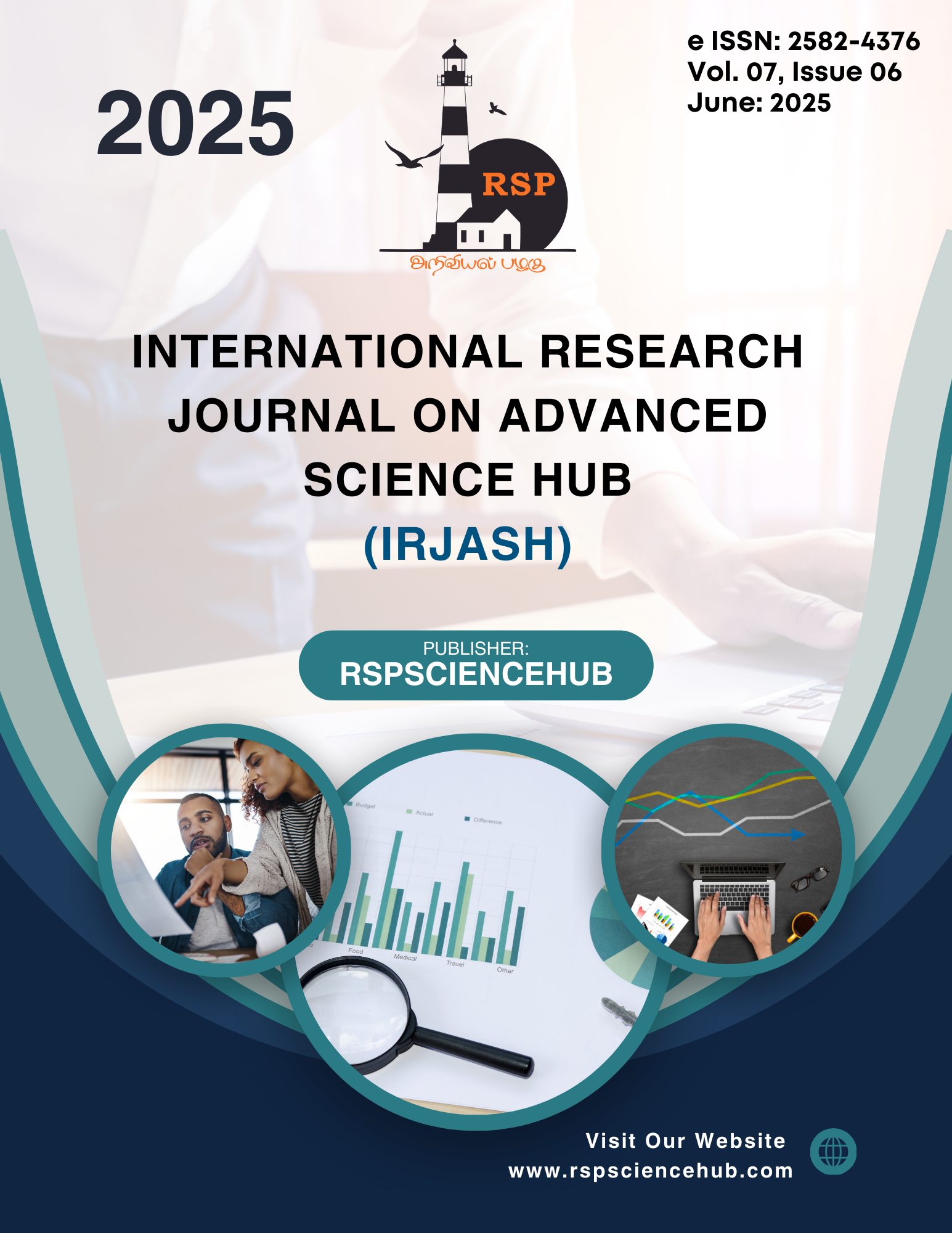Hybridization of Photovoltaic Arrays- Modeling, Simulation, and Performance Analysis in Matlab
DOI:
https://doi.org/10.47392/IRJASH.2025.058Keywords:
PV Array configuration, Solar Irradiation, hybrid configuration, maximum output power, HC, BL, TCT, BZAbstract
The usage of conventional energy sources such as fossil fuels are a major concern to the environment. The renewable energy sources surpassed all the disadvantages of them causing an evolution by reducing the greenhouse effect. Solar photovoltaic energy has made its own importance among all the renewable sources of energy because of the advantages it possesses such as import – independent, dust free, inexhaustible, very low cost of maintenance, fuel free source. In photovoltaic (PV) systems, solar irradiation is a crucial factor as it directly affects the amount of electrical energy that can be generated. PV panels convert sunlight into electricity, and their efficiency depends on the intensity and angle of the incident sunlight. Factors such as geographical location, time of year, weather conditions, and the orientation and tilt of the solar panels influence the amount of solar irradiation received, thereby impacting the overall performance and energy output of the PV system. Hence to maintain sustainable output of PV system, the most capable reconfiguration approach is considered. Reconfiguring the array allows for improved power generation by altering the connections to minimize the impact of shading or to adapt to changing environmental conditions. The project aims to propose Series-Parallel, Total Cross Tied (TCT), Bridge Link (BL) and Honey Comb (HC), Hybrid reconfiguration techniques to maintain sustainable output in a solar PV array.
Downloads
Published
Issue
Section
License

This work is licensed under a Creative Commons Attribution-NonCommercial 4.0 International License.





